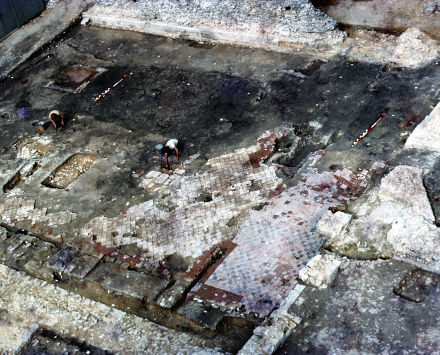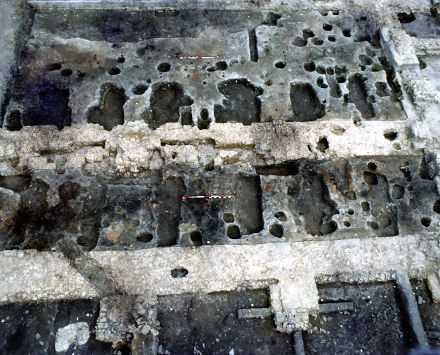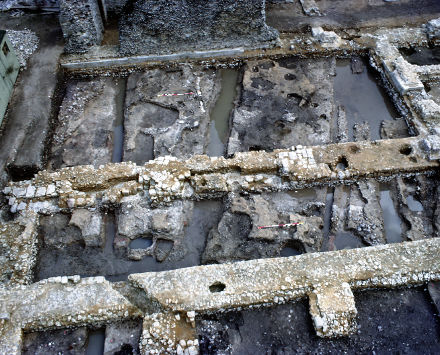What Is the Harris Matrix?
As Professor Gavin Lucas suggested in his 2001 book, Critical Approaches to Fieldwork, the Harris Matrix and its associated concepts changed the paradigm of archaeological stratigraphy from a reliance on one-dimensional physical sections, or profiles, to the four dimensions (three physical ones of depth and area, plus relative time) of the stratigraphic sequence.
Invented in 1973 by Dr. Edward Harris, the Harris Matrix was first published in the journal, World Archaeology, in 1975 and was followed by the first edition of the seminal work, Principles of Archaeological Stratigraphy, in 1979. The book called for a separation from geological axioms and the creation of a distinct science of “Archaeological Stratigraphy,” since archaeological stratification is fundamentally different from that occurring in nature.
The Harris Matrix system has been accepted as the industry standard in many countries around the world, and Principles of Archaeological Stratigraphy has been translated into ten other languages to date. Its methods are of universal application, for the two components of stratification are always the same: surfaces and deposits.
About the Principles of
Archaeological Stratigraphy
As the publisher of the second (1989) edition of Principles of Archaeological Stratigraphy would not reprint the book, Dr. Edward Harris bought out the remaining stock and the copyright, thus allowing the book to be made available for free on this website.
All he asks is that you submit a remark about your interest in the Harris Matrix, in archaeological research or leave a comment to send to Dr. Harris as part of the downloading process.










“Fair winds and following seas in all your archaeological endeavors: do it right, do it stratigraphically.”
Dr. Edward Harris













